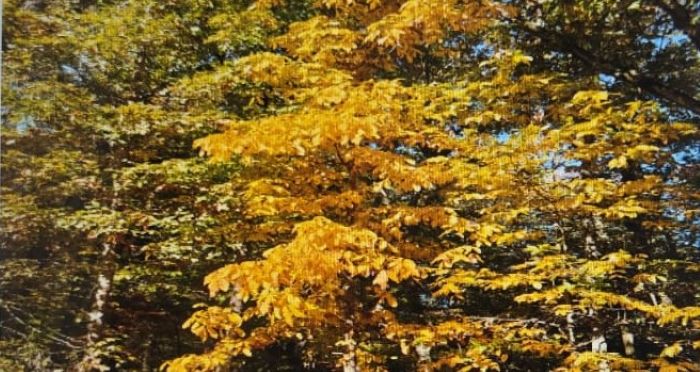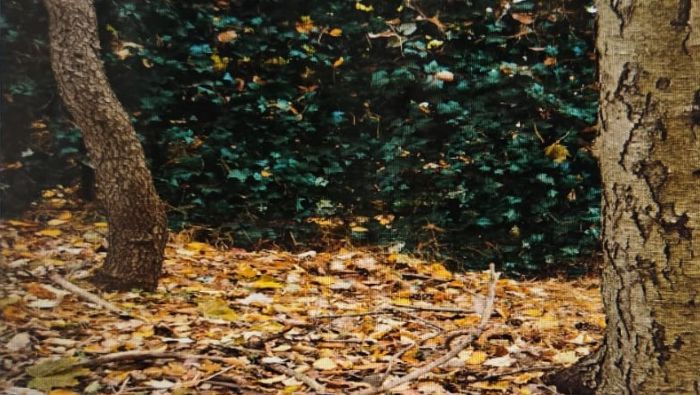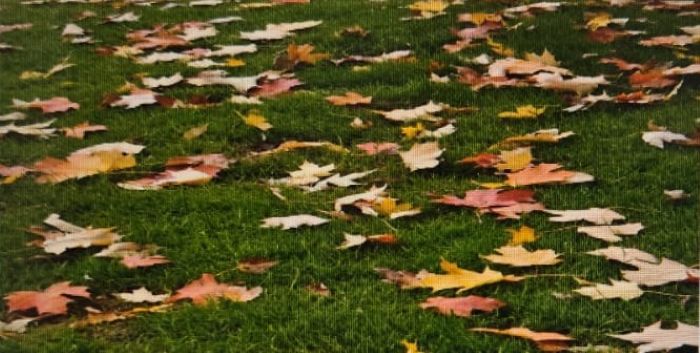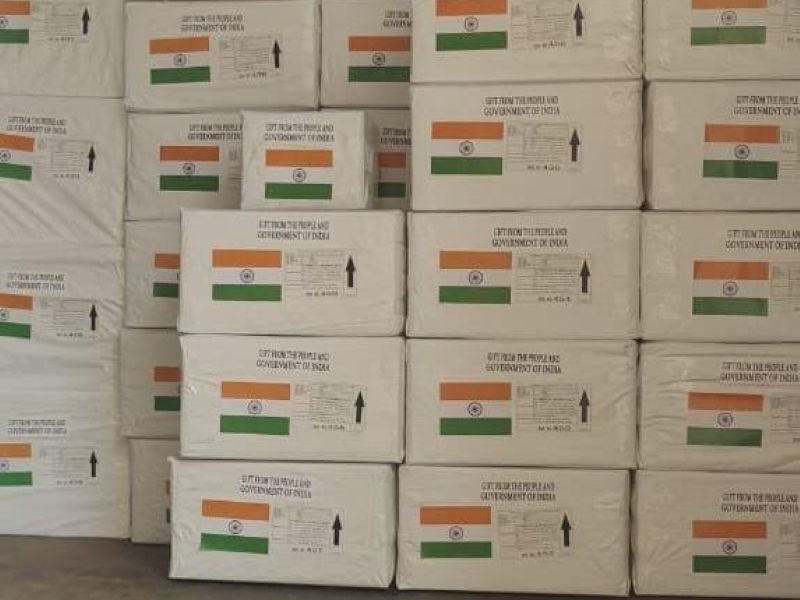“Autumn is a second spring when every leaf is a flower.” — Albert Camus
November has come, and with it the final flourish of fall. The trees of Short Hills now stand at the summit of their splendour—each one aflame with hues that no artist could wholly, even substantially, capture. Only a week ago, their brilliance was but a whisper; now it is a chorus, a rapture of light before the hush. The nights grow longer, the air cool and fragrant with rain. Each gust of wind stirs a shower of leaves—gold, crimson, copper—spiralling down like blessings.
The maples are the most theatrical, every shade of red imaginable—from the soft blush of coral to that secret, inward crimson that borders on purple. Their leaves seem to pulse with an inner fire, as though life, before departing, wished to proclaim itself one last time in splendour. The oaks, more measured, take their time—turning through bronze and russet into the dignity of brown.

The beeches, with their satin leaves of pale gold and tawny rose, shimmer even in the dimmest light, like memories reluctant to fade. Beneath them all, the sumac, dogwood, and sweetgum weave their own tapestries of amber, wine, and flame.
And then—unexpectedly, almost secretly—the English ivy. While the trees burn and fade, it deepens into a shade unlike any other in autumn’s palette: a blue that is luminous and still, like twilight made visible.
It is not the blue of sky or sea, but of silence itself—a colour that seems to hum softly against the blaze around it. In the midst of all this fiery surrender, the ivy keeps its strange composure, reminding me that beauty need not always declare itself. Some colours whisper.

One might ask—why does nature paint such beauty, knowing it will soon be gone? The scientist will tell us that as chlorophyll drains away, hidden pigments emerge: carotenoids glowing yellow, anthocyanins blushing red, tannins deepening into brown. Chemistry, yes—but behind it something subtler: a kind of mercy. In decay, nature reveals what was always within. The green was only a mask; these other colours are the soul coming to light.
Perhaps that is nature’s final act of generosity—to show us that endings, too, can be radiant. Every hue becomes a note in her hymn to impermanence. The trees do not mourn their falling; they participate in it. They turn their dying into art.
As I walk beneath this canopy of change, the air smells of damp earth and quiet sweetness. The ground is soft with leaves that sigh underfoot. Somewhere a jay calls; a squirrel darts across the path, its tail brushed with gold. All around me, the world seems to exhale. And I think—how varied the tones of departure can be. Some trees burn with passion; others fade like the last notes of a cello. Yet all surrender with grace.

Soon these colours will vanish. The rains will darken the gold to brown; the last scarlet leaf will drift down to join its fellows in the soft compost of memory. Yet even then, the beauty will not have vanished. It will have entered the soil, preparing the green resurrection of spring. What falls returns. “How beautifully leaves grow old. How full of light and colour are their last days .” said John Burroughs. Perhaps this is the deepest chemistry of all—not of pigment or light, but of meaning. For nature, every fading is a prelude, every ending a preparation. To watch these colours is to be reminded thatloss, too, can be luminous—and that the true purpose of beauty may not be to last, but to teach us how to let go, brightly.
(Uday Kumar Varma is an IAS officer. Retired as Secretary, Ministry of Information & Broadcasting)
.jpg)
 Uday Kumar Varma
Uday Kumar Varma 
















Related Items
Weekly Horoscope November 10-16, 2025
ED summons Anil Ambani to depose on November 14
Weekly Horoscope November 3-9,2025